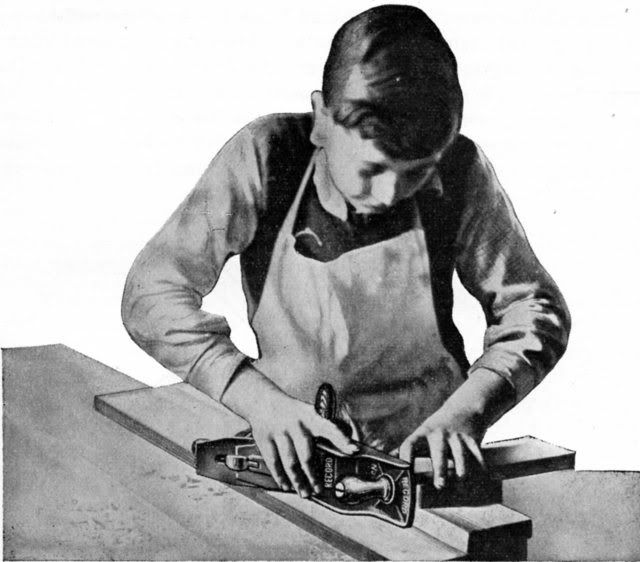Hello all thanks for the replies. Yes I am CRB checked since already been helping out in the classroom. I raised the insurance issues with the teacher before but haven't got a clear answer. She is just very keen for me to be involved and get on with it! I do need to get this straight though.
It'll only be 2 kids at a time.
Thanks Smudger for the national curriculum link, that is helpful. They don't seem to be teaching much DT at the school at the moment, but I'm not sure.
Eggflan yes it is a bit sad all the barriers to the whole thing. Check out this really interesting article about the failings of our academic focussed/risk averse education system compared to the more holistic approach of South Africa:
http://www.timesonline.co.uk/tol/life_and_style/education/article6975610.ece Or if you don't have the time here is a telling quote:
'...In London she was judged “highly academic”. In South Africa she was designated “special needs”. Pretoria, the state capital, was teeming with the children of diplomats and NGO workers from all over the world and educationists there were used to dealing with the offspring of their international visitors. “Don’t worry,” the child psychologist told me, “we see this all the time with children from your private and public [state] schools. Your system just doesn’t develop the whole child.”
Rob, I have a couple of horror stories and scars to prove it so i may start with that! And I was wondering how much the kids will be capable of, I guess I'll have to tailor things as I go along. I hope it won't be too frustrating, for them or me!
So, apart from all the red tape stuff, back to the original question - any suggestions for simple tasks or projects to get them started on?




































